No. 24 Vanderbilt Football is in the midst of one its greatest seasons of all time, as the Commodores have already broken their six-year bowl drought with three games still to play. Offensive coordinator Tim Beck and superstar quarterback Diego Pavia have received the headlines as their play has been nothing short of outstanding. However, none of this success would be possible without an equally extraordinary turnaround on the defensive side of the ball.
Some might have missed head coach Clark Lea taking over defensive play-calling duties amidst all the Commodores’ offseason change. In 2023, under the leadership of the now-departed Nick Howell, Vanderbilt’s defense surrendered 36.2 points per game, which ranked an appalling 129th out of 133 qualifying teams, and 454.9 yards per game, which ranked an even worse 131st out of 133.
Lea’s defense has allowed 21 points and 337 yards per game in 2024 — an impressive 15 points and 117 yards per game fewer than in 2023. While there has been a slight rise in talent (more on that later), the majority of Vanderbilt’s best defensive players are returners from last season’s team. The bulk of the turnaround has instead come from Lea himself, as his defensive play-calling allows Vanderbilt’s strengths to shine while hiding its weaknesses.
The no-run zone
Vanderbilt’s improvements stem directly from its newfound ability to stop opponents’ runs, especially on early downs. The Commodores allow just 111.8 rushing yards per game, which is ranked 26th nationally. This success stems from Lea’s linebacker trio — Langston Patterson, Bryan Longwell and Randon Fontenette — who are among the best in the country. Patterson was Vanderbilt’s most productive defensive player last year, tallying 74 tackles, but has taken it up a notch this year, roaming all over the field while serving as a defensive leader. Longwell was a rotational piece last year but has developed into a tackle machine, totaling 60 tackles this year, including 6 for a loss. Finally, as a jack-of-all-trades, Fontenette has been the jewel of Vanderbilt’s defensive transfer class. The STAR (safety-linebacker hybrid) has 47 tackles, including 7 for loss, 3.5 sacks and a pick-six against Alabama that will be remembered forever.
Lea uses these three to perfection, getting the best out of each player in unique ways. Patterson is a traditional run-stopper, so he hovers in the middle of the field and plugs holes. Longwell is more of a hybrid, alternating between coming around the edge and shooting right up the gut of the offensive line. Fontenette has the range of a safety as a linebacker, so he has license to roam all over the field.
Furthermore, it would be remiss not to mention Vanderbilt’s defensive line, especially first-year wrecking ball Glenn Seabrooks III and junior walk-on sensation Nick Rinaldi. The Commodores’ defense couldn’t get any push up front last year — that’s not even remotely an issue this season. A lethal combination of bigger, more physical defensive tackles and Lea’s creativity with stunts means that a former crippling weakness has been turned into a resounding strength. Sit back and enjoy Vanderbilt dominating the big boys down low.
Creative and effective blitzes
With Vanderbilt stopping the run on early downs, its opponents are getting into far more third-and-medium and third-and-long situations than last year. This leaves just one major problem — Vanderbilt’s secondary is still slower than most SEC wide receivers.
Cornerbacks Martell Hight, Tyson Russell and Kolbey Taylor all do some great things, but when quarterbacks have time to let deep routes develop, teams will find the space behind them for chunk plays. In 2023, Howell attempted to solve this issue by blitzing extra players. However, his blitzes were predictable and ordinary, which allowed opposing teams to easily pick them up, resulting in a plethora of chunk plays against Vanderbilt’s defense. Enter Lea’s solution for this year — disguising and spacing out his blitzes.
Lea is unpredictable: he doesn’t blitz on every third down or every time his opponent reaches the red zone. On any given drive, Vanderbilt can bluff seven rushers and blitz only three. Or, it can rush six with only a three-man defensive line, sending any of the members of his lethal linebacker core.
Lea also leans heavily on delayed blitzes to add a dimension, especially when it comes to sending Fontenette at the quarterback. By waiting a half-second before blitzing, the defender gives time for a pass-protecting running back to turn the other way, leaving a clear lane to the quarterback. On most of the plays below, note how Vanderbilt’s blitzer is normally untouched. That is a testament to Lea’s scheme, which gives opponents no time to throw the ball deep.
Big plays in big moments
Vanderbilt would still be a solid defense had Lea only implemented the above facets; the Commodores would certainly be improved compared to the 2023 team, and realistic expectations would have been met. But Lea isn’t realistic — he’s bold.
To turn a defense from solid to great, a team needs to produce big plays like game-changing turnovers, stellar individual efforts and getting into the backfield for chunk yard losses. These plays — tipped balls that lead to interceptions or botched snaps — might be perceived as luck, but that isn’t the case with the Black and Gold’s defense. Great football minds don’t believe in luck — they believe in creating their own luck. The late great NFL head coach Vince Lombardi said it best.
“Luck doesn’t favor the lucky; it favors the prepared,” Lombardi said.
With Lea’s defense, tipped balls aren’t lucky — they’re the result of continued penetration up the middle by dominant defensive tackles and ball-hawking linebackers. Botched snaps aren’t lucky — they happen because opposing centers have to pick their heads up early to see where a blitz is coming from. Vanderbilt’s defense plays hungry, prepared and aggressive. That leads to big plays.
Lea has revolutionized a previously lifeless defense. Vanderbilt’s defenders no longer go onto the field as second-best — they strike fear into their opponents. Lea’s troops assert their authority by dominating in the trenches. Lea makes opponents feel like Vanderbilt has twelve players on the field by scheming up unexpected blitzes. And by leaning into the energy of a raucous crowd, Vanderbilt makes splash plays. The Commodores have three tough opponents left on their schedule — South Carolina, No. 15 LSU and No. 7 Tennessee, but their defense is gaining steam every game. No one wants to face them right now.
No. 24 Vanderbilt looks to continue its historic season as it takes on South Carolina on Saturday, Nov. 9, at 3:15 p.m. CST at FirstBank Stadium.






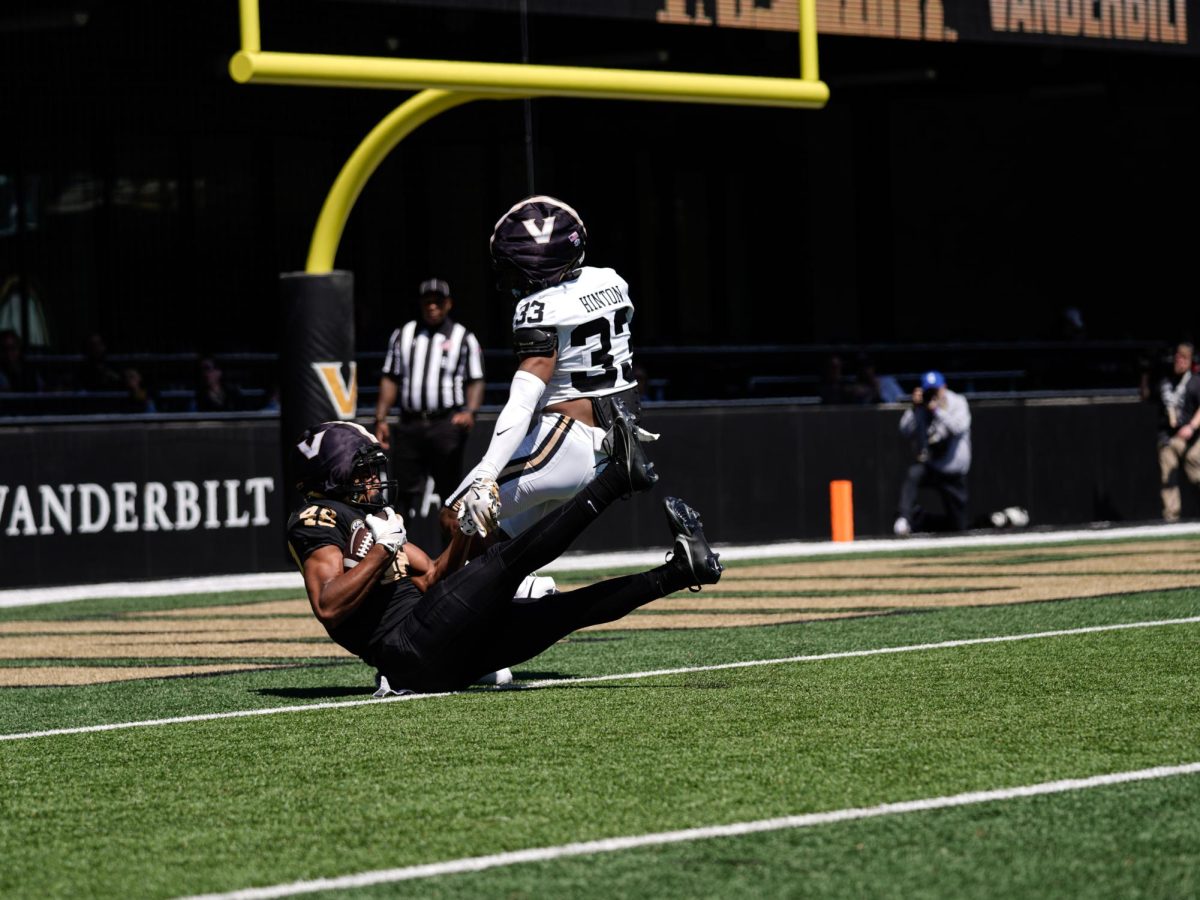
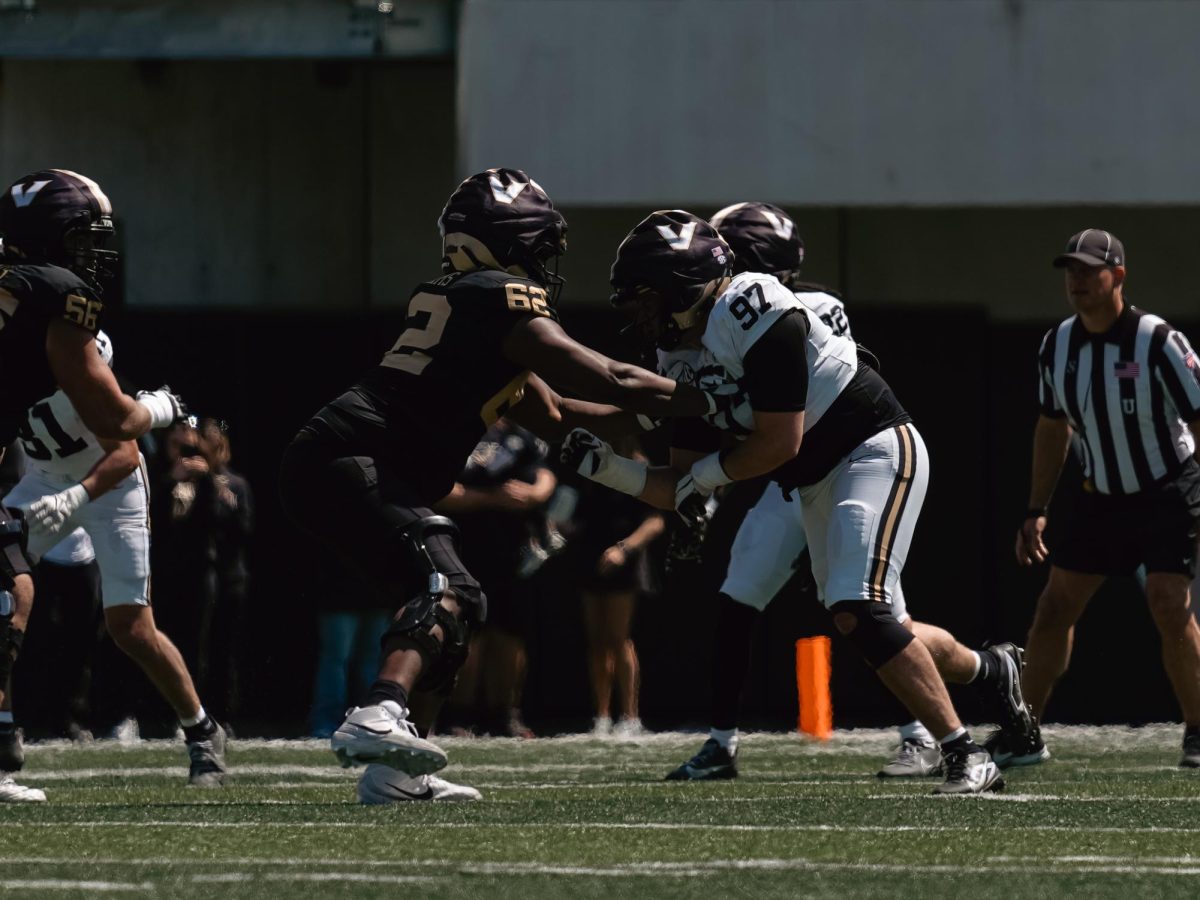

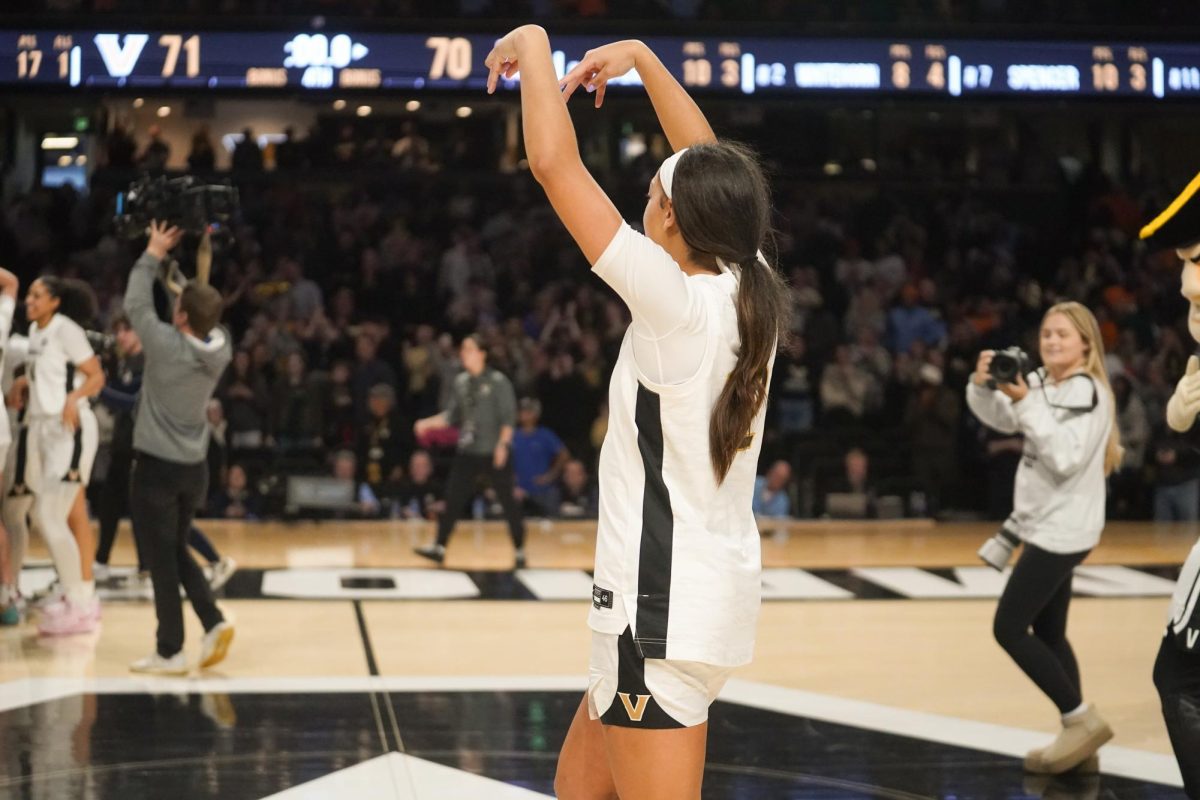
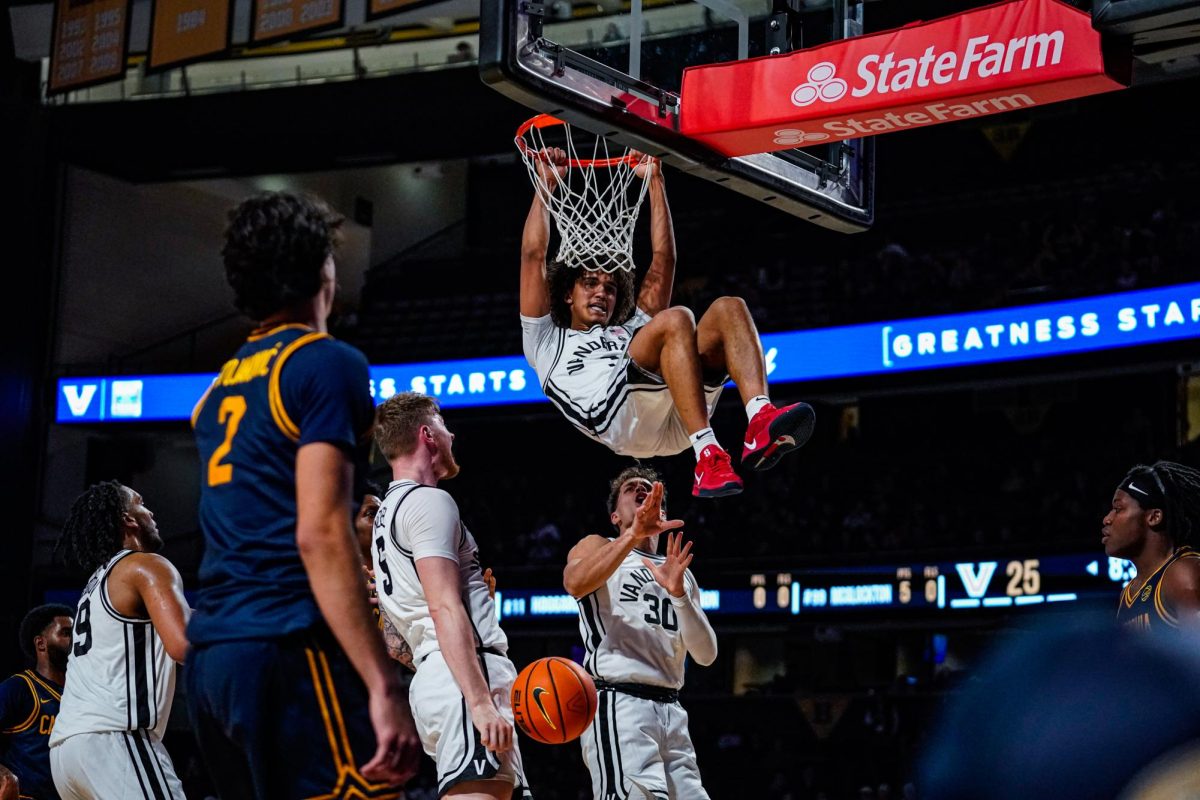
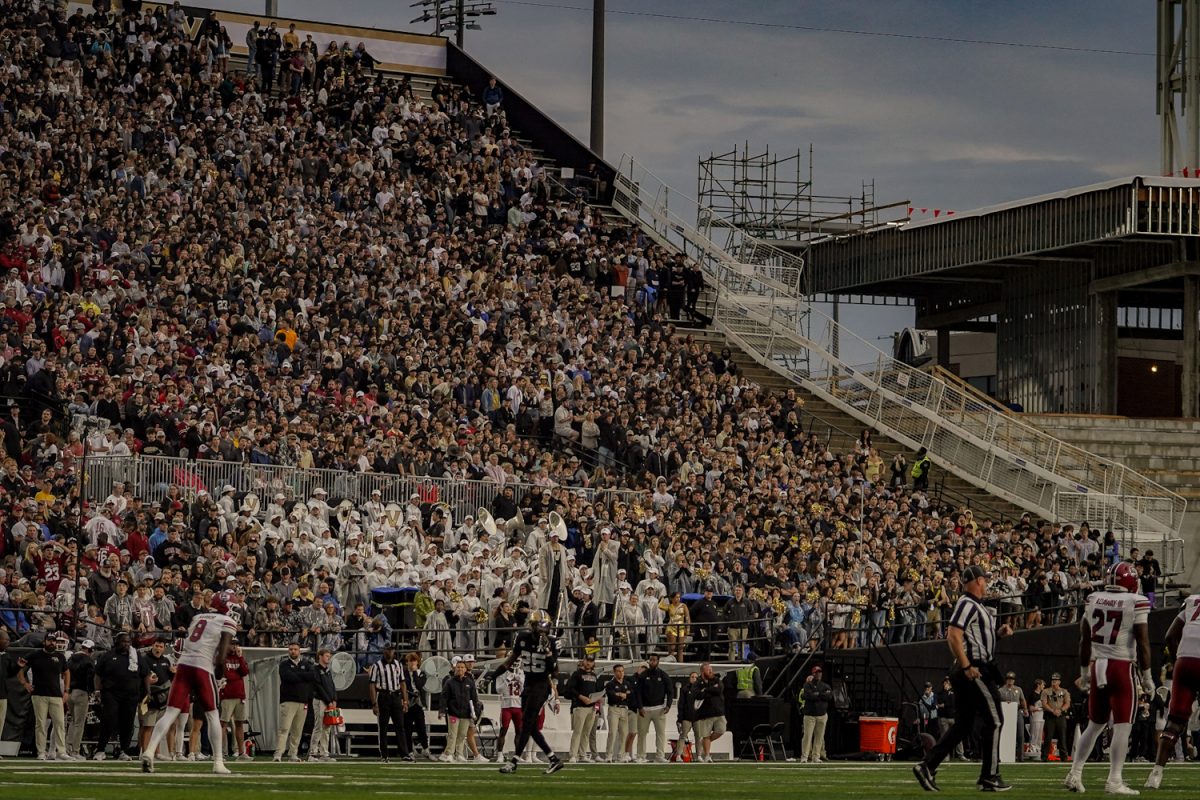


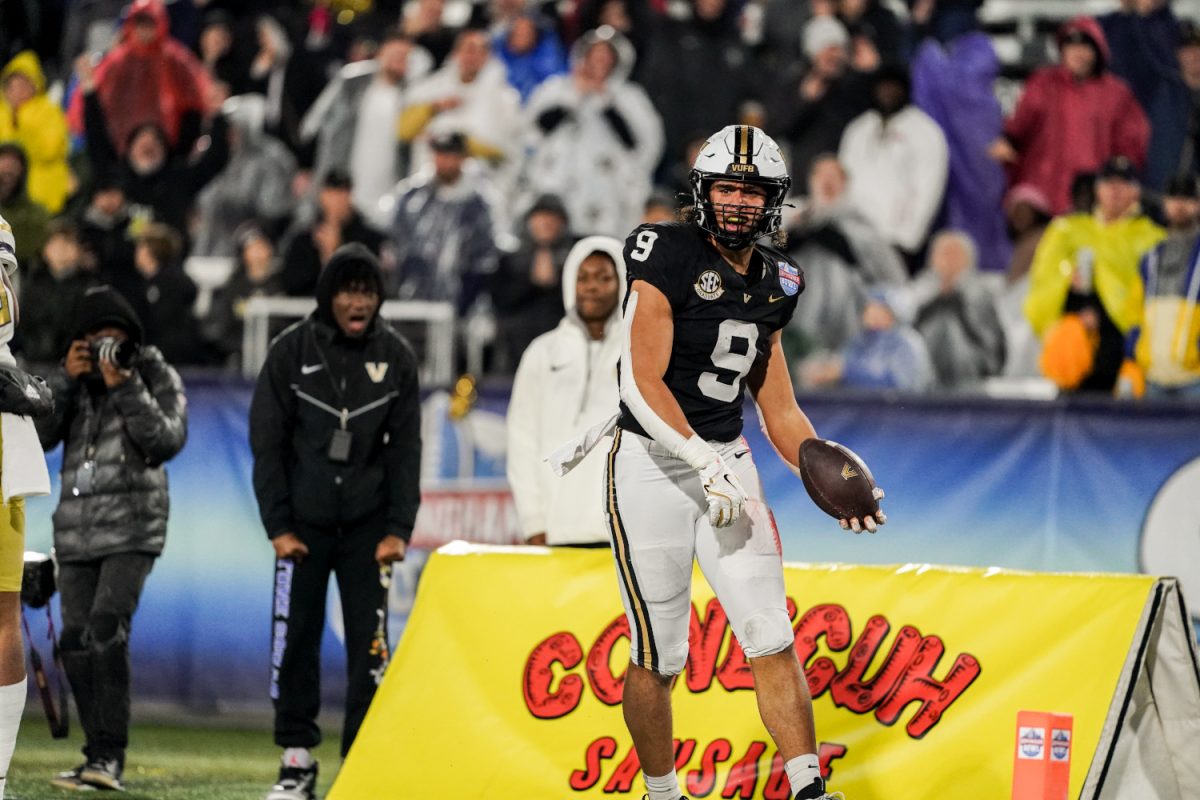
J L Morris • Nov 8, 2024 at 2:14 pm CST
Clark Lea is doing what he knows best…being a first class DC. Turning over OC duties to Jerry Kill and the other guy (can’t remember his name) Vandy has become a serious SEC team.
I’m a VU fan of more than 7 decades and this team is the best coached team we’ve ever had in my lifetime. I love James Franklin and what he accomplished but these coaches put him and his crew to shame.
I’m believing that we win out and go bowling with the big boys.